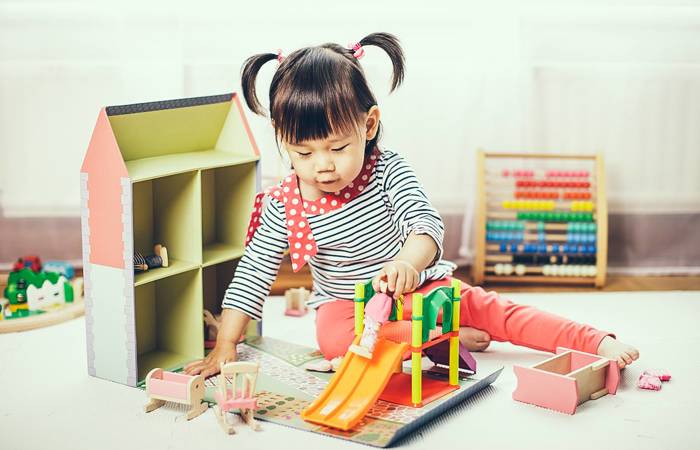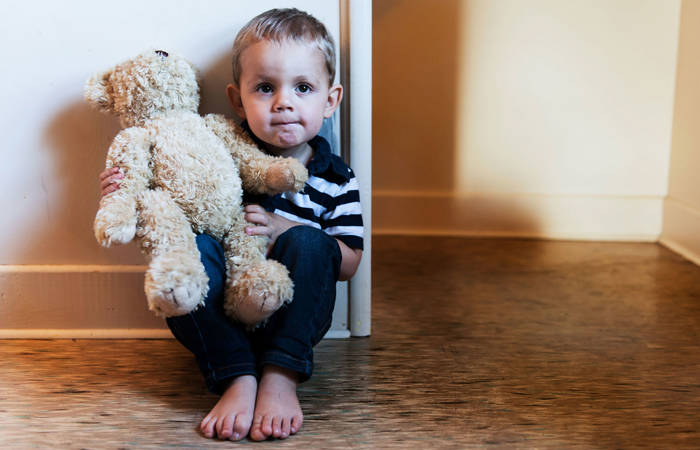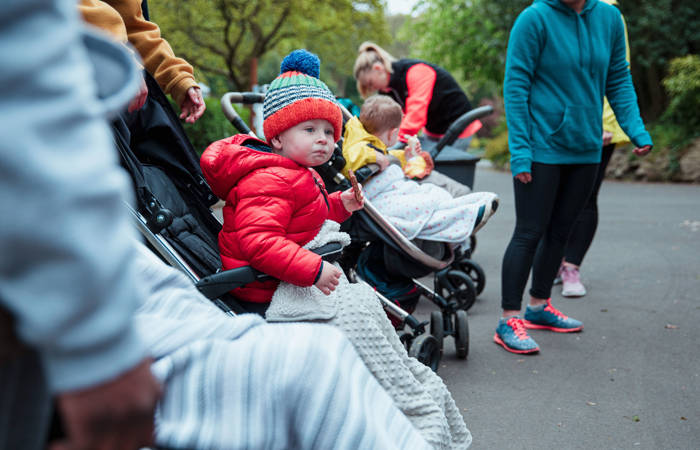Like what you see?
Sign up to receive more free parenting advice.
Thank you for subscribing to our newsletter!
Health & emotions

iStock.com/TetianaSoares
: In children, the mental harm of a traumatic experience comes across in changes to their development, attachment and trust.
When we hear the word ‘trauma’, we often go straight to examples of dark traumatic experiences. However, trauma comes in many forms and the impact a traumatic event has on preschool-aged children is just as vast.
“I have known of two people experiencing the same challenging experience, yet only one suffers from the mental harm of trauma responses,” says Michelle Roberts, Director of the Australian Child and Adolescent Trauma, Loss and Grief Network at the Australian National University.
“How we perceive the threat, as well as our own subjective experience of the incident, determines the likely outcome of mental injury known as trauma.”
While adults may suffer from anxiety or depression, in children, the mental harm of a traumatic experience comes across in changes to their development, attachment and trust.
There are multiple types of traumatic events that can negatively impact a person’s mental health.
The most familiar is, what Roberts identifies as, a response to adversity. For example, neglect, deprivation, violence and abuse.
“This adversity is harmful, overwhelming and interpersonal, that is, perpetrated by people against people (infants and children for example),” she says.
“Sometimes, the perpetrator is a person that the child relies on for their safety and wellbeing.”
Trauma, Roberts adds, can also develop in response to serious injury or illness, or even witnessing a terrible event.
Children are also impacted by disasters, which are becoming increasingly common with Australia’s extreme weather events.
Roberts explains that infants and children experience the fear and threat of the disaster, see the responses of their carers, identify that something very bad is happening and, because of their developmental stage, are reliant on others to keep them safe.
“Similar to the first type of traumatic response, disaster related trauma, stress and distress can harm the developing system of the child and affect their sense of safety, cognitive development, behaviour, attachment, independence and confidence in the world as a safe place,” she adds.
“After the disaster, the recovery environment can be very tough and may cause further harm to the child’s wellbeing both physically and psychologically.”
The impact of trauma
It’s important to note that not all children who experience traumatic events become traumatised.
In addition, some children may show signs of significant distress immediately after a traumatic event or show delayed reactions later on.
“Children express trauma reactions in ways that are different to adults, and their reactions are related to their developmental stage,” Roberts explains.
“So, their response is variable and specific to them, their experience, their support system and their temperament.”
She adds that a child’s response is also impacted by what the traumatic event was and what happened after the event, such as, changes within the family, parental mental health problems, loss of home, community or school, etc.
“Typically, a child’s developing neurological system alters to be hyper-alert to threats and this can have long-term consequences for their connection and attachment, their learning and their ability to function well in life,” Roberts says.
She explains, in the short term, it’s common for children to become clingier, have difficulty sleeping, become hyper-alert to loud noises, threat and triggers.
They can also be more fearful than usual and stop or reverse learned developmental milestones, such as toilet training.
“Crying and distress, fussing, being difficult to settle and nightmares are also common reactions,” she adds.
“Over time, the responses can bring about additional concerns, for example, sleep changes can lead to fatigue which can result in impacts in learning, behaviour and relationships.”
Children who don’t have supportive carers, or whose family don’t have access to financial or social resources to be able to recover from a natural disaster or adversity are at greater risk.
So are children who have had multiple adversities.
Strategies to reduce the impact of trauma
Roberts recommends six strategies for parents to employ to help reduce the impact a traumatic event can have on a child.
“First, it’s vital for parents and carers to look after themselves after a disaster or adversity,” she says.
“Children look to their trusted adult for guidance, reassurance and understanding of what has happened and what’s going to happen.
“It’s important to reassure your child that they are safe (providing it’s true) and that they will be cared for.”
The second strategy is to find out where the child is at, for example, finding out what they believe has happened, what is the scariest part for them and how are they thinking and feeling.
“Be reassuring and calm,” Roberts recommends.
“Yes, that’s easy to say and hard to do when you have experienced something overwhelming but regulating yourself – your breathing, heart rate, worry and behaviour – will allow you to help your child to regulate and this helps their bodies to settle and recover.
“Be open to listening when they talk or play out the experience, this not only helps you to understand what they are thinking but also gives you a chance to reassure, correct any ‘mis-thinking’ and to show ways to manage big feelings in a safe way.”
A third strategy is to allow your child to help in the recovery where appropriate.
A fourth strategy is to put into place past, or new routines.
“Having routines and explaining to children what the plan is, provides reassurance and allows children to settle back into being able to trust, explore and engage with the world again,” Roberts adds.
A fifth strategy is to speak to other adults involved in your child’s life to see what they are seeing and doing and compare what has been helpful.
Finally, Roberts recommends monitoring your child’s wellbeing over time and if worried, always seek out a trusted professional.







